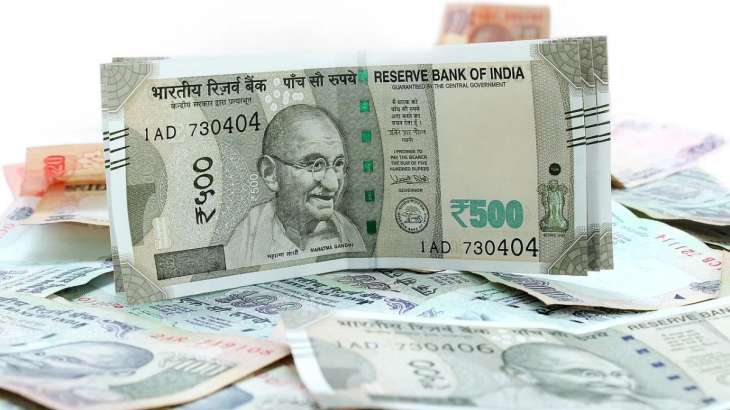Introduction:

Image: www.indiatvnews.com
Imagine a country’s financial arsenal, a reserve of foreign currencies and gold that safeguards its economic well-being. This reserve, known as foreign exchange reserves, plays a critical role in maintaining the nation’s currency stability, fostering economic growth, and insulating it from external shocks. India’s forex reserves, poised at a colossal level of $430.17 billion as of March 2018, embody the nation’s financial might and resilience.
In this article, we embark on an illuminating journey to decode the intricacies of India’s forex reserves. We will delve into their historical evolution, explore their multifaceted components, and unravel their profound impact on the nation’s economic landscape. As you traverse this knowledge-enriching journey, you will understand why these reserves are the backbone of India’s economic stability and a testament to its vibrant financial ecosystem.
Evolution of India’s Forex Reserves:
The genesis of India’s forex reserves can be traced back to the era of British colonialism. In the 19th century, the country operated under a fixed exchange rate system, pegging its currency, the rupee, to the British pound sterling. However, with the advent of independence in 1947, India adopted a managed floating exchange rate regime, where the value of the rupee is determined by the interplay of market forces under the watchful guidance of the Reserve Bank of India (RBI).
Despite initial policy challenges and economic fluctuations, India’s forex reserves embarked on a steady growth trajectory in the post-independence era. The nation’s prudent macroeconomic policies, coupled with a steady inflow of foreign direct investment (FDI), remittances, and exports, contributed to this gradual accumulation. The reserves received a significant boost during the economic liberalization reforms initiated in 1991, which opened doors to increased trade, investment, and globalization.
Components of India’s Forex Reserves:
India’s forex reserves, as of March 2018, comprised a diverse portfolio of assets, each playing a crucial role in safeguarding the nation’s financial stability.
-
Foreign Currency Assets (FCA): This category constitutes the largest share of India’s forex reserves, primarily comprising investments in US dollar-denominated securities. As of March 2018, FCA accounted for a whopping 89.6% of the total reserves.
-
Gold: India’s affinity for gold is reflected in its substantial gold reserves, which stood at 563.24 metric tons as of March 2018. These reserves serve as a traditional store of value and hedge against inflation and currency fluctuations.
-
Special Drawing Rights (SDRs): SDRs, an international reserve asset created by the International Monetary Fund (IMF), constitute a relatively small portion of India’s forex reserves. They are often used to supplement other reserve assets during times of financial stress.
-
Reserve Tranche Position: This component represents India’s reserve position in the IMF, which can be drawn upon in times of need to maintain balance of payments stability. However, this component forms a negligible portion of India’s overall forex reserves.
Benefits of India’s Booming Forex Reserves:
India’s robust forex reserves have been a boon to the nation’s economy, providing several key benefits:
-
Currency Stability: Ample forex reserves enable India to absorb external shocks and maintain a stable exchange rate, preventing excessive fluctuations that can disrupt trade and investment.
-
Debt Repayment Capacity: The reserves provide a buffer for the government’s foreign debt obligations, reducing the risk of default and strengthening India’s creditworthiness.
-
Economic Growth: Forex reserves foster investor confidence, attract FDI, and facilitate international trade, contributing to overall economic growth and development.
-
Import Cover: A sufficient level of reserves ensures India’s ability to meet its import needs, even during periods of economic downturn or global financial turmoil.
-
Reserve Position: India’s high forex reserves strengthen its position in international economic negotiations, providing greater bargaining power and credibility on the global stage.
Conclusion:
India’s forex reserves stand as a testament to the nation’s financial strength and economic resilience. The continuous growth in these reserves has been meticulously orchestrated by prudent macroeconomic policies, globalization, and proactive central bank management. The strategic deployment of these reserves has shielded India from economic shocks, fostered growth, and enhanced its international stature. As India navigates the ever-evolving global financial landscape, its ample forex reserves will continue to play a vital role in anchoring the nation’s economic prosperity and maintaining its position as a rising star in the global economy.

Image: www.zeebiz.com
India Forex Reserve 2017-18 In Crore






